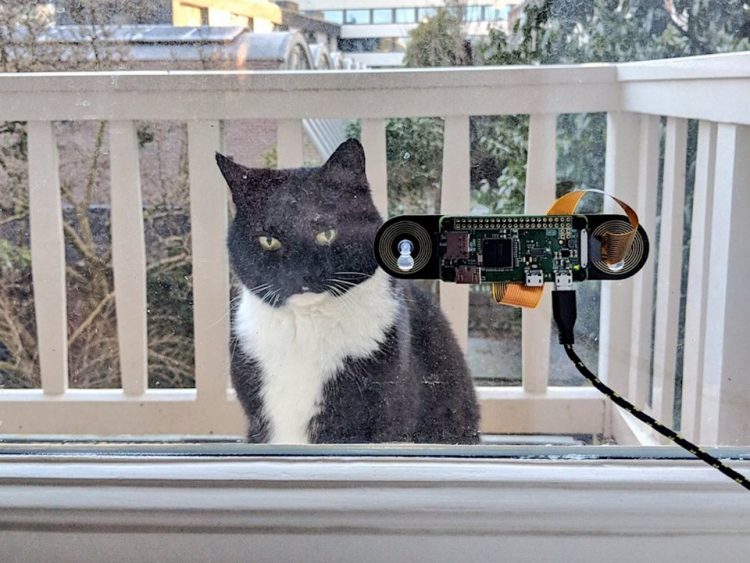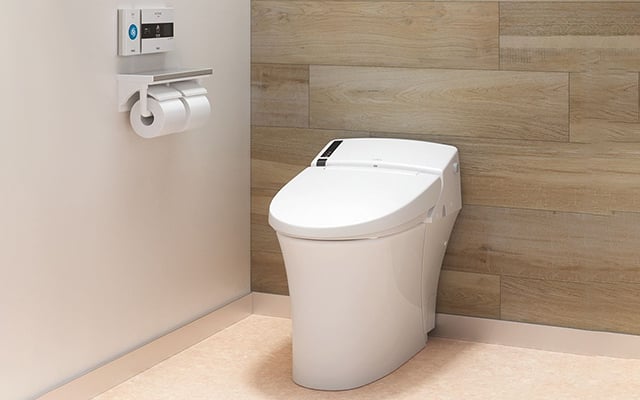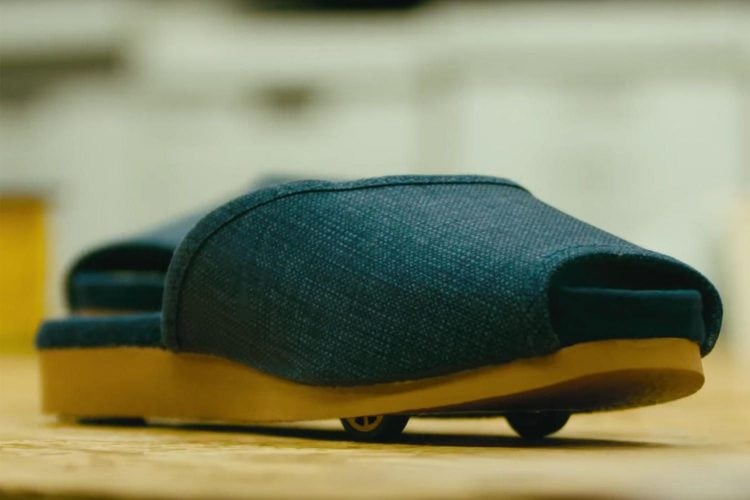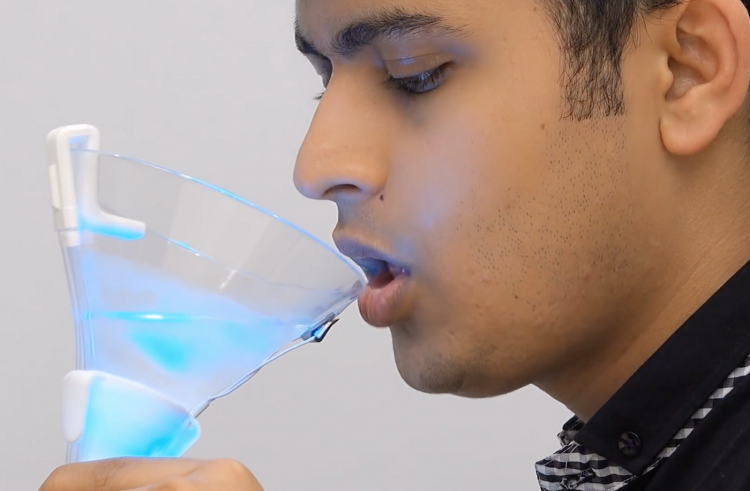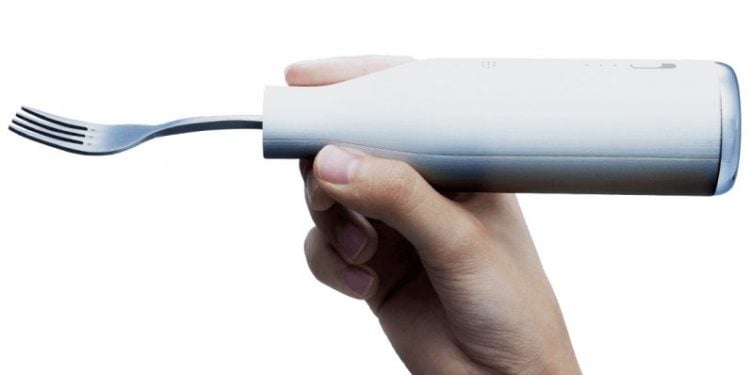The Quarnot QC-1 is advertised as the world’s first crypto-heater, allowing consumers to mine cryptocurrencies and utilize the heat generated by two on-board graphics cards for heating their homes.
Heat generation is one of the biggest challenges cryptocurrency miners have to deal with. Large crypto farms have to invest in expensive venting and cooling solutions to make sure that all the heat produced by their mining rigs dissipates properly, but usually all that heat is just wasted. Now, French company Quarnot Computing claims to have come up with a solution that effectively turns the heat generated by a mining device from an expense into a usable resource.




